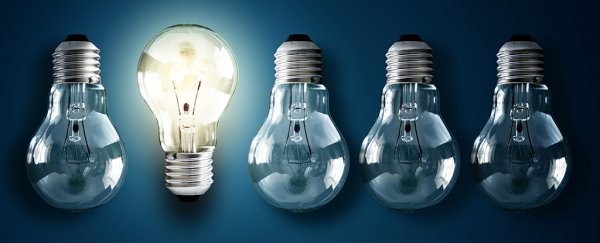
The initial requirement concerns if your invention has the capacity to be protected by a patent. The first law states that anything made by man may be patented; however, you will find items that the last Court has deemed not able to be patented. These categories which were placed not allowed to patents are laws of nature, abstract ideas, and natural phenomena. Although these categories have been ordered being off limits, the USPTO has attempted to push the bounds to make new standards for patentable subject matter. One of these simple includes wanting to patent business methods; however, the Supreme Court has ruled that they have to involve a computer to be patented.
The second requirement mandates that an invention is advantageous in some manner. The invention only must be partially useful to pass this requirement; it will only fail when it is totally incompetent at achieving a helpful result. This can be a very easy requirement to give, however it could be failed discover in a position to identify why your invention is useful otherwise you don't include enough information to show why your invention is useful. Also, your claim for why your invention is useful will not be credible in the event the logic is flawed or even the fact is inconsistent with the logic.
The 3rd requirement, the novelty requirement, prompts the inventor to demonstrate that their invention is totally new for some reason. An invention will fail this requirement when it is identical to a reference that has been previously designed to your invention. Quite simply, in case your patent would infringe with an existing patent, it doesn't pass this requirement. In the event the reference can be a newspaper or another form you must ask: when the newspaper was issued a patent, would your brand-new patent infringe?
In order for your invention to pass the fourth requirement, it ought to be unobvious. Your invention will be obvious if a person experienced in the field combined several past references and came to your invention. Therefore, an invention cannot include an easy combination of InventHelp Patent Referral Services; however, if the addition of the inventions isn't considered already known, it will probably be considered unobvious. This is why this requirement can be very tricky. So, in a nutshell, if the invention contains only obvious differences from prior art, it will fail this requirement.
The written description requirement is different from another tests since it is due to filling out the patent instead of the invention itself. This final requirement requires that an invention be described so that others will be able to make, use and view the invention. You will find three requirements to be able to go about this. First, the enablement requirement says the inventor must describe their invention you might say where other folks could make and use the invention. The most effective mode requirement mandates that an inventor describes the direction they would rather perform their invention's functions. The written description requirement does not have strict guidelines, no one is exactly sure what it really demands; therefore, in order to satisfy it, it's easiest to express you need to simply describe your invention in the maximum amount of depth as possible.